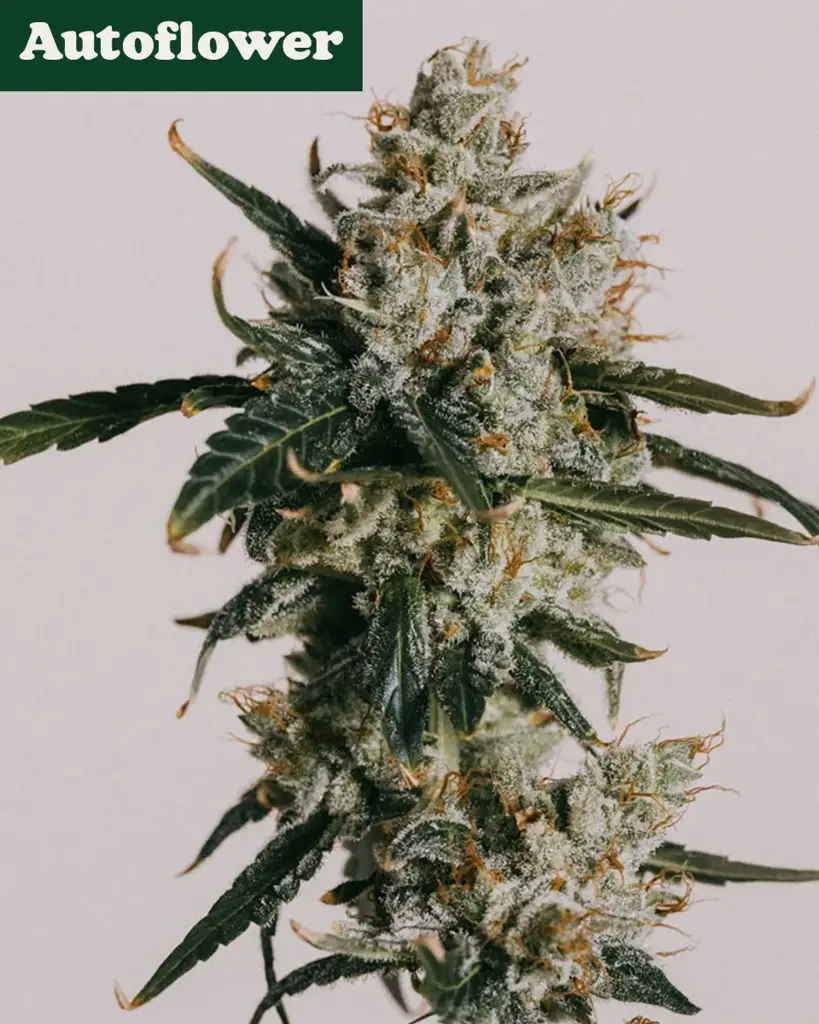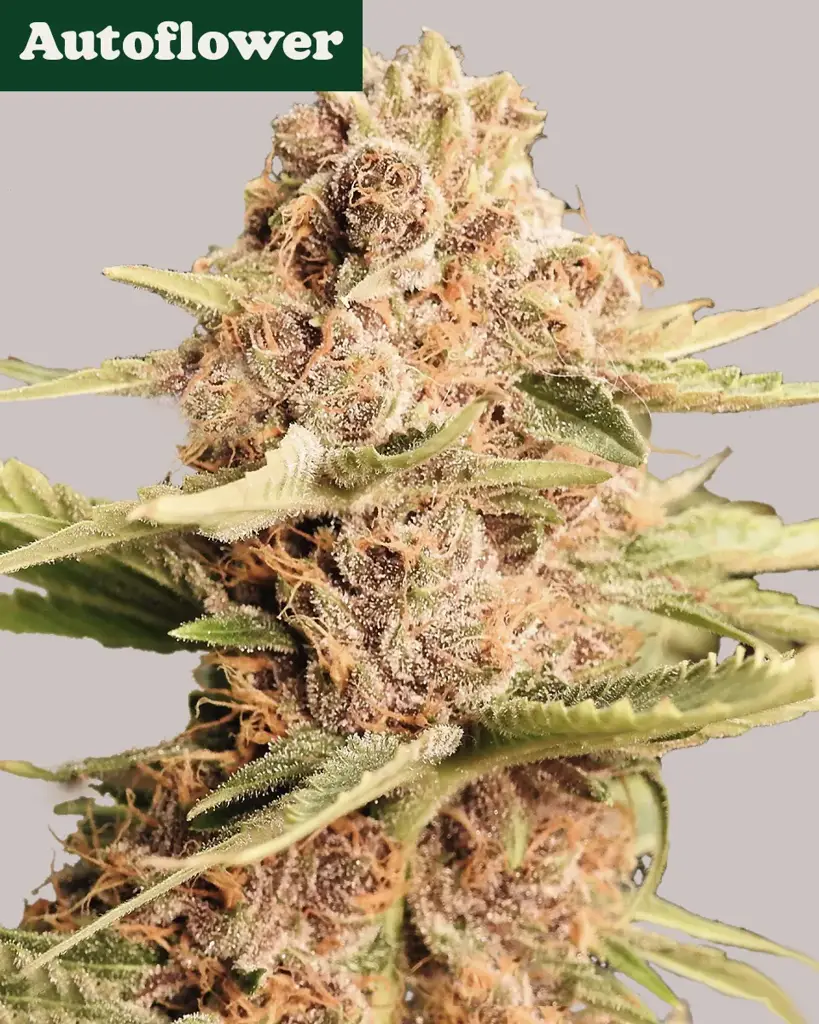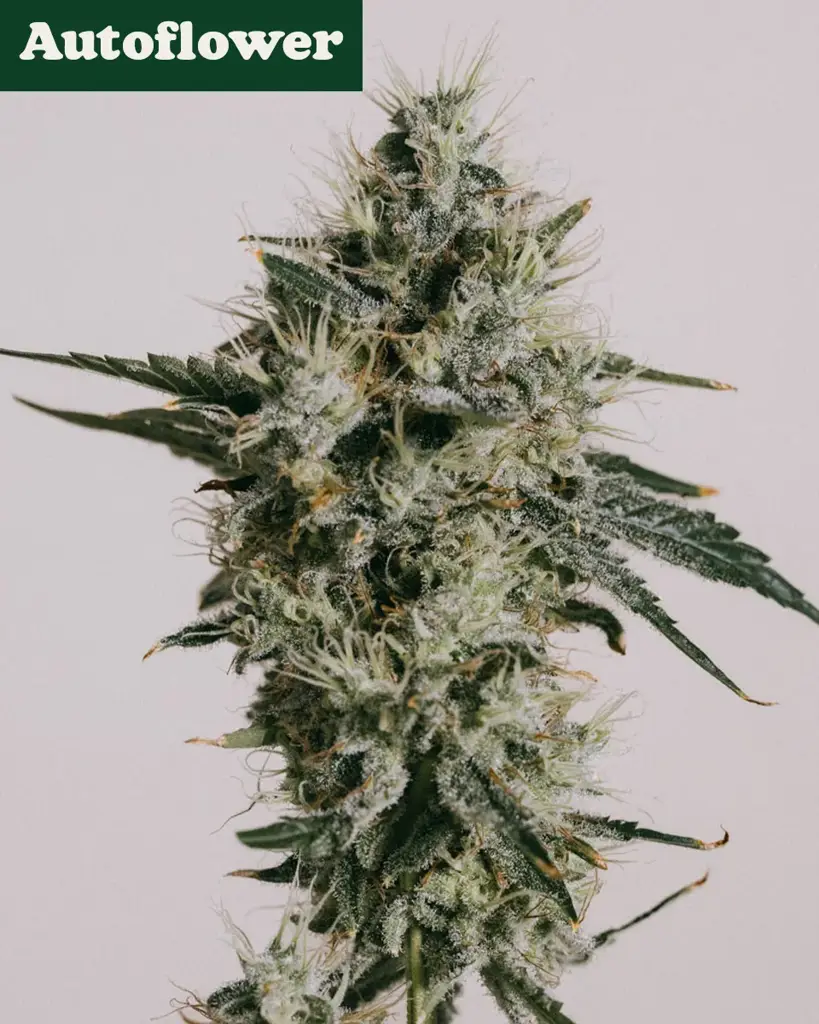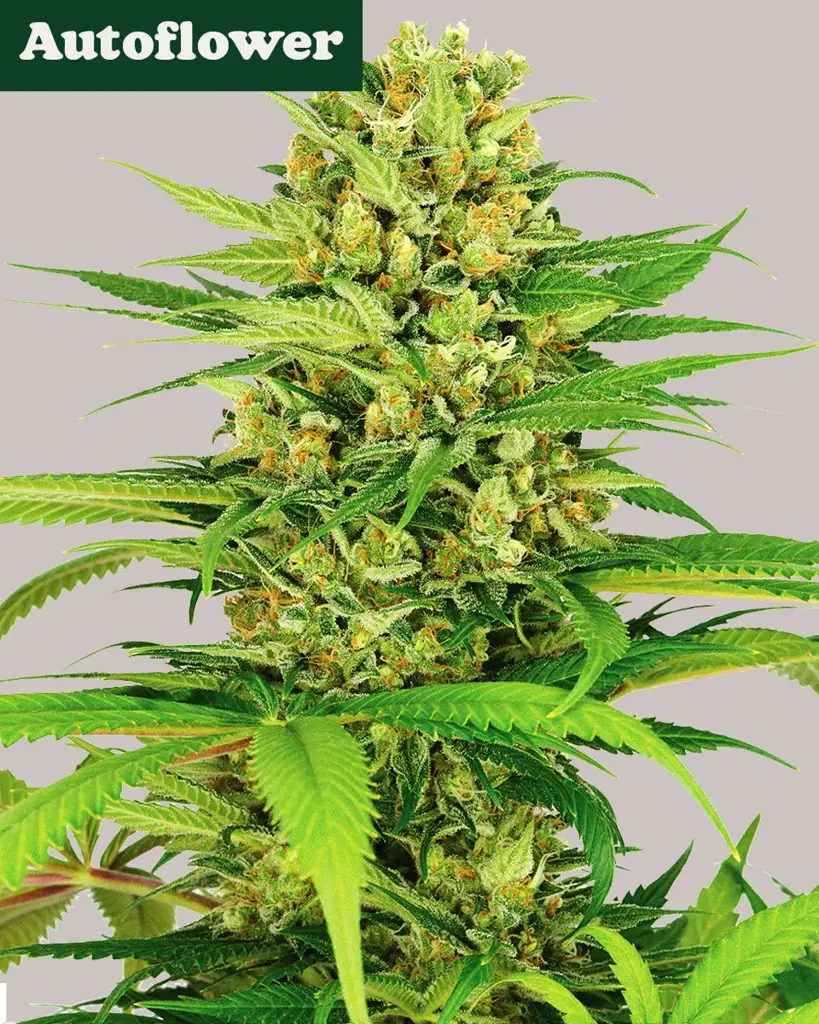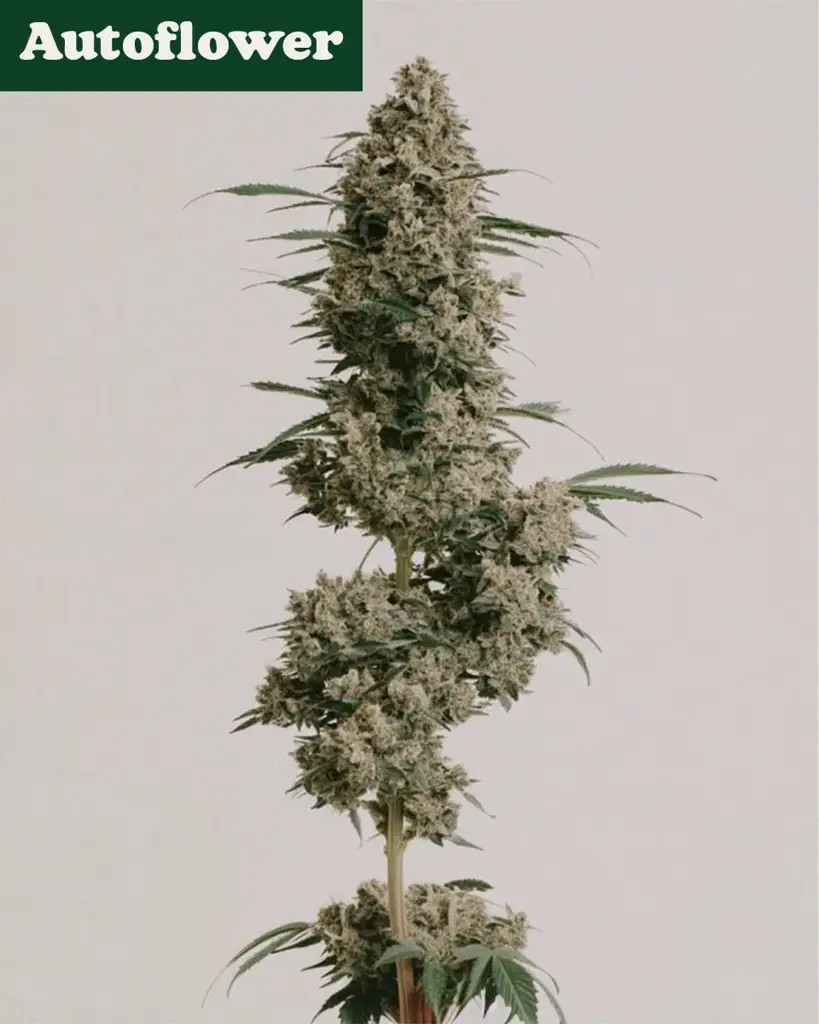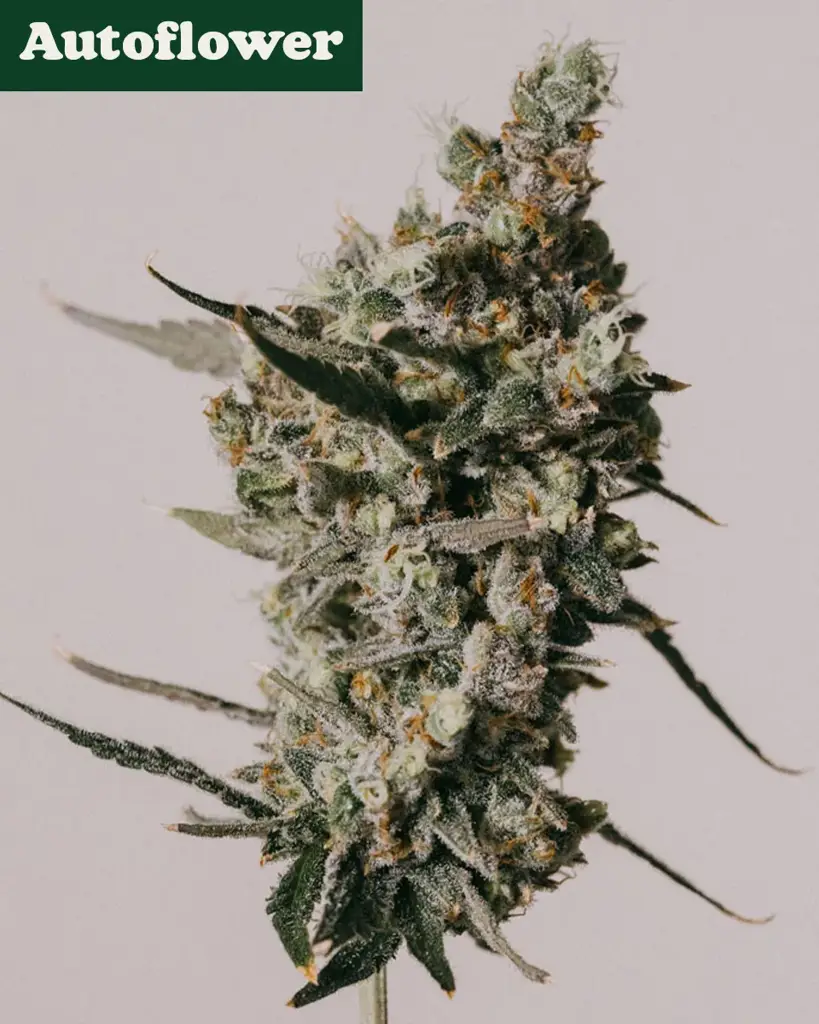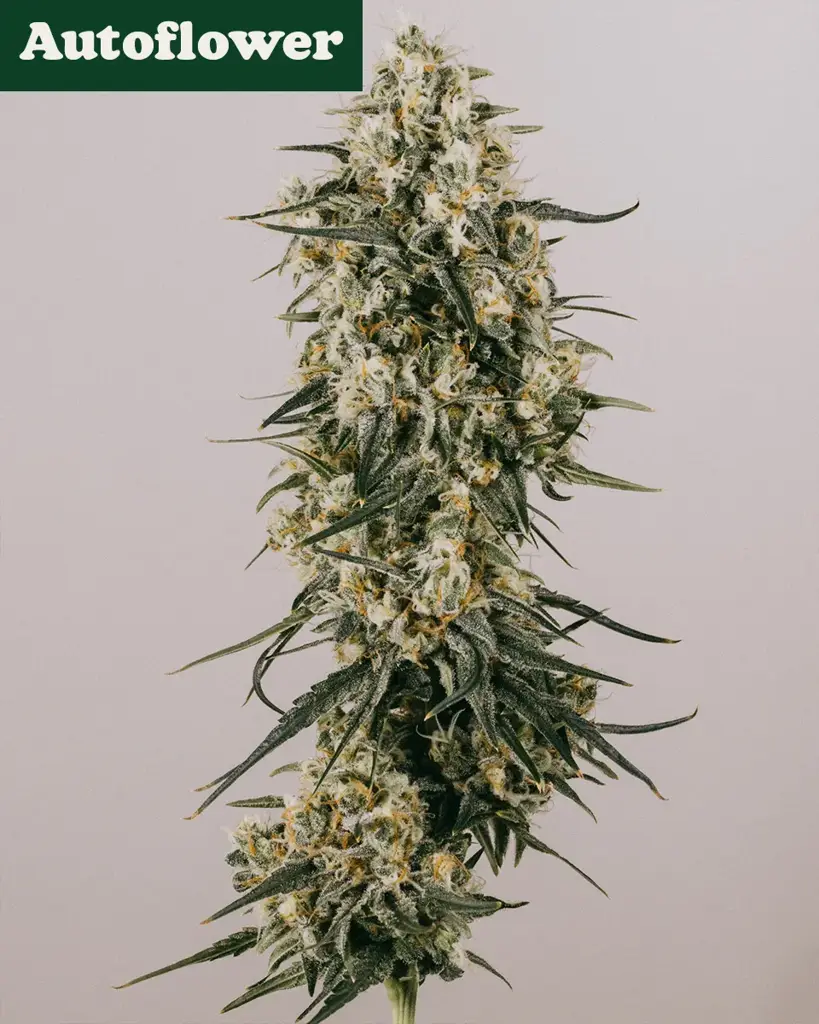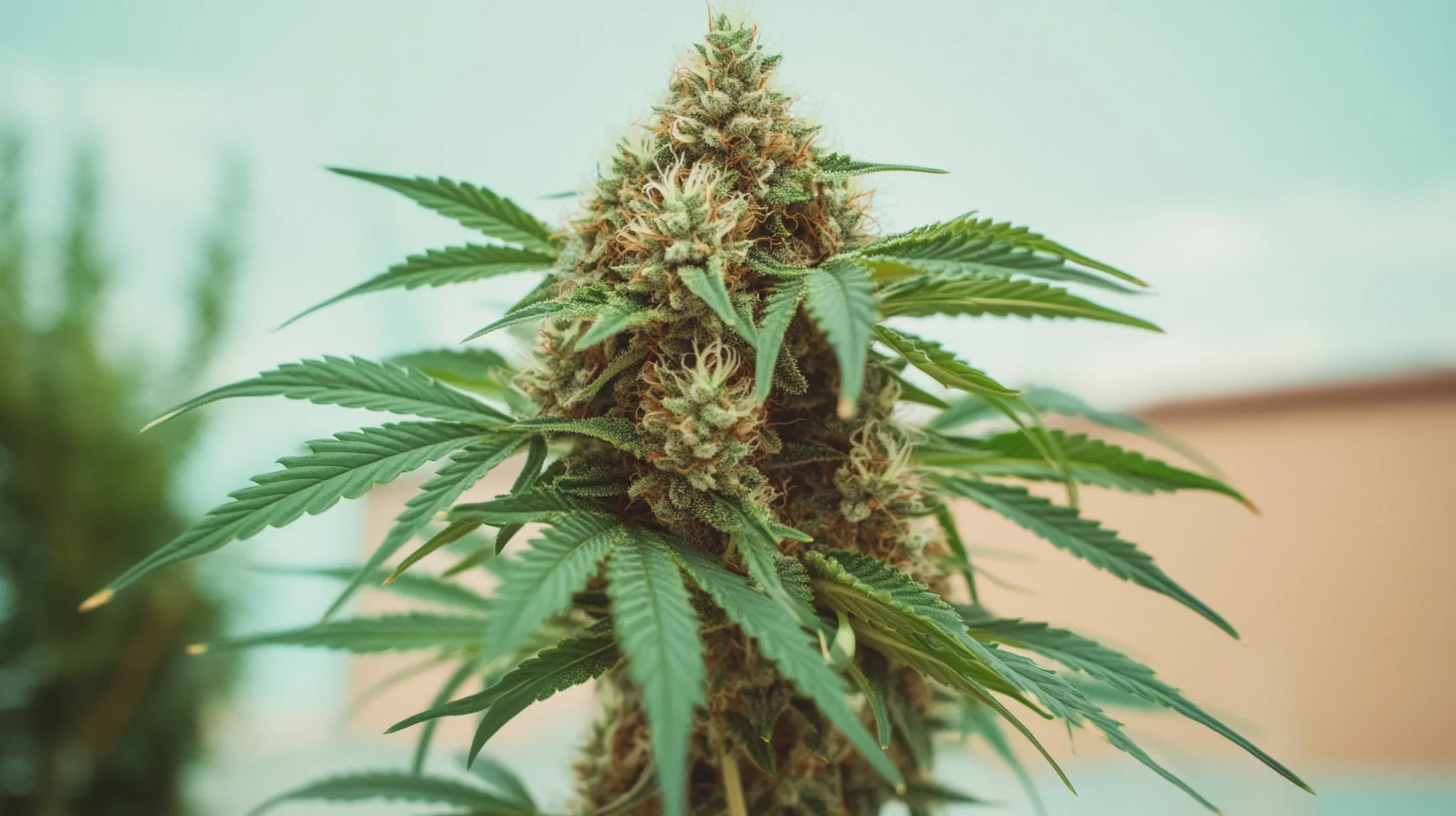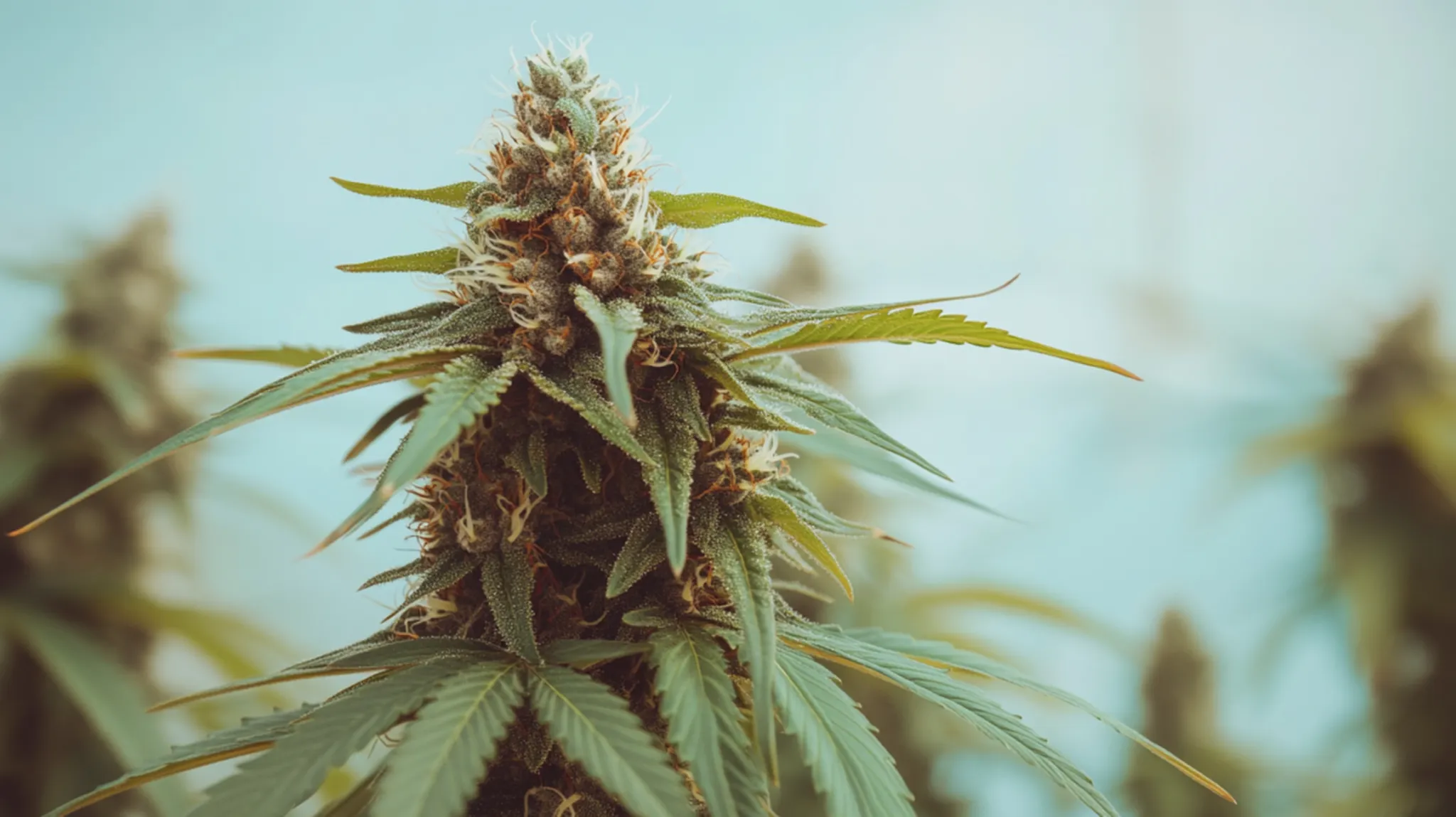
How Much Does One Cannabis Autoflower Plant Yield?
Harvesting cannabis is one of the most rewarding steps in the growing process. It’s the moment when all your hard work pays off, and you get to enjoy the results of your effort. But when it comes to autoflowers, you may wonder what kind of yield you can expect.
Table of contents
- The Difference Between Harvesting Autoflowers vs Photoperiodic Cannabis Plants
- How Much Yield Can You Expect From an Autoflowering Cannabis Plant?
- Wet vs. Dry Yields - How Cannabis Yield is Calculated
- Factors Affecting Autoflower Yield
- 8 Tips on How to Maximize the Yield From Autoflower Cannabis Plants
- Final Thoughts
Autoflowers are popular for how easy and fast they are to grow, but their yields can vary based on several factors. In this guide, we’ll explore how autoflower yields compare to photoperiod plants, what you can realistically expect, and how to optimize your setup to maximize harvests.
The Difference Between Harvesting Autoflowers vs Photoperiodic Cannabis Plants
Autoflowers and photoperiod cannabis plants each have their pros and cons. Autoflowers are the go-to choice for growers looking for a fast, low-maintenance harvest. They flower based on age, not light schedules, and typically take 8-10 weeks from seed to harvest. While they generally yield less than photoperiod cannabis plants, they make up for it with speed and simplicity—perfect for beginners or those with limited space.
Photoperiod cannabis plants, on the other hand, require a specific light schedule to flower, which gives you more control over their growth. This means they can be kept in the vegetative phase longer, resulting in larger plants and higher yields. However, they need more time, effort, and skill to grow successfully. For those willing to put in the work, photoperiods can be very rewarding.
Our Bestsellers
How Much Yield Can You Expect From an Autoflowering Cannabis Plant?
Now, let’s talk specifics. How much can you expect from an autoflowering cannabis plant? The answer depends on a few key factors: your growing setup, the strain, and how well you manage the plant.
Average Yields: For indoor grows, autoflowers generally yield between 1.8-4 oz. (50-120 grams) per plant under optimal conditions. Outdoor autoflower yield can be anywhere from 3.5 to 7 oz. (100-200 grams) per plant if they receive plenty of sunlight and proper care.
Wet vs. Dry Yields - How Cannabis Yield is Calculated
It’s important to note that there’s a big difference between wet and dry yield. Freshly harvested cannabis—known as the wet yield—can lose up to 75% of its weight during the drying process, leaving you with the dry yield that you will actually consume.
For many beginner growers, it’s easy to get excited about the wet autoflower yield, but remember that drying and curing are crucial steps that will significantly reduce weight. So, take your glamor shots for Instagram when they are freshly harvested. Expect about 25% of your initial wet yield to remain once fully dried and cured. For example, if you harvest 7 oz. (200 grams) of wet buds, you’ll likely end up with around 1.8 oz. (50 grams) of dry cannabis. Understanding this difference helps set realistic expectations and ensures you’re not disappointed when your yield shrinks during the drying phase.
First Grow?
Factors Affecting Autoflower Yield
Indoor vs. Outdoor Growing: Indoors, you have complete control over temperature, light, and humidity, which can help you maximize your yield. Outdoor plants benefit from natural sunlight but are more vulnerable to pests and weather changes. If you live in an area with a suitable climate, outdoor growing can provide the best autoflower yield.
Lighting: Light is one of the biggest factors in determining autoflower yield. A general rule of thumb is that autoflowers yield around 0.5 grams per watt of light*.
Using high-quality LED lights or HID lights can boost your yield considerably, as these provide the intensity needed for healthy bud development.

*Bear in mind, though, that rules of thumb can be deceptive, and this particular one is highly dependent on many factors, including the quality of the light you use, as this table below clearly shows.
Pot Size: Pot size directly affects root development, which impacts plant health and yields. For indoor grows, pots between 2 to 3 gallons are ideal, while outdoor grows can benefit from 5-gallon pots or larger. The larger the pot, the more space the roots have to grow, which can result in a healthier plant and bigger autoflower yields.
Genetics: Not all autoflowers are created equal. Modern strains have come a long way, and many are bred specifically for higher yields. Choosing a strain known for heavy harvests is a great start. Look for strains advertised as “high-yielding” or “optimized for indoor/outdoor growth” to give yourself the best shot at a plentiful harvest.
8 Tips on How to Maximize the Yield From Autoflower Cannabis Plants
So, how can you get the absolute most out of your autoflowers? Here are some tried-and-true tips for maximizing yields.
1. Grow Indoors for Maximum Control
 Indoors, you can control every aspect of the environment—temperature, humidity, and airflow—to create perfect growing conditions. This control also reduces the risks of diseases and pests that can affect outdoor grows.
Indoors, you can control every aspect of the environment—temperature, humidity, and airflow—to create perfect growing conditions. This control also reduces the risks of diseases and pests that can affect outdoor grows.
Controlling temperature is crucial, as cannabis plants thrive in a consistent environment. Aim for 75-80°F (23-26°C) during the day and slightly cooler temperatures at night. Humidity levels should be kept between 40-60% during the vegetative phase and lowered to around 40-50% during flowering to reduce chances of bud rot.
2. Start in the Final Pot
Autoflowers have a short life cycle, which means there’s no time for them to recover from transplant shock. To avoid stressing your plants, start them directly in their final pots. Using a 2-gallon pot or larger allows the roots to develop fully, which leads to healthier, larger plants.
Starting in the final pot also helps reduce the risk of root binding, which occurs when roots run out of space to grow. Root binding can stunt growth and limit nutrient uptake, which directly impacts autoflower yield. By starting in a large enough pot, you give your plant the best opportunity to establish a strong root system.
3. Use the Right Light Cycle
Autoflowers aren’t dependent on light cycles to flower, but providing 18 hours of light and 6 hours of darkness per day is a solid approach to maximize growth and yield. Some growers even opt for 20-22 hours of light to push their plants further, though this can vary depending on the strain.
More light hours mean more energy for your plant, which leads to increased growth. However, make sure your lighting setup doesn’t generate excessive heat, as this can stress the plant. LED lights are a popular choice because they provide powerful light without generating too much heat, making them perfect for indoor grows.
4. Go Easy on the Nutrients
 Autoflowers don’t need as many nutrients as photoperiod cannabis plants. Overfeeding can lead to nutrient burn and stunted growth, so start with a lower dose, maybe half of what is recommended, and only increase it if the plant shows signs of needing more. Make sure to keep an eye on pH levels, as imbalances can affect nutrient uptake.
Autoflowers don’t need as many nutrients as photoperiod cannabis plants. Overfeeding can lead to nutrient burn and stunted growth, so start with a lower dose, maybe half of what is recommended, and only increase it if the plant shows signs of needing more. Make sure to keep an eye on pH levels, as imbalances can affect nutrient uptake.
During the vegetative stage, autoflowers need more nitrogen to support leafy growth. As the plant enters the flowering stage, you’ll want to shift to nutrients with higher levels of phosphorus and potassium to encourage bud production. It’s best to use nutrient products specifically designed for cannabis, as they will have the right NPK ratios.
5. Use Airy Grow Mediums and Root Stimulants
An airy grow medium like coco coir helps with aeration and drainage, ensuring that the roots have plenty of oxygen. Good airflow to the roots is essential for healthy growth, and using a well-aerated medium can prevent problems like root rot. Use a potting soil mix that contains perlite or pumice to increase the aeration.
You can also use root stimulants, like mycorrhizal fungi, to promote robust root growth, which leads to better nutrient uptake and bigger yields. Mycorrhizae form a symbiotic relationship with the plant roots, enhancing their ability to absorb water and nutrients. Healthy roots are the foundation of a high-yielding plant.
6. Low-Stress Training (LST)
LST involves gently bending and tying down branches to create a flat, even canopy. This allows more of the plant to receive direct light, which stimulates more buds to form. Since autoflowers have a short life cycle, avoiding high-stress techniques like topping or super cropping is crucial, as these can stunt growth and reduce overall autoflower yield.
7. Water Quality and CO2 Boost
 Using reverse osmosis (RO) or distilled water can prevent mineral buildup that might harm your plants if your tap water has a high ppm. Tap water can contain unwanted minerals and chemicals that may throw off the pH balance or cause nutrient lockout. RO or distilled water ensures that your plant is getting clean, pure hydration. Because RO water has no minerals in it, be sure you are adding supplements like cal/mag to the mix.
Using reverse osmosis (RO) or distilled water can prevent mineral buildup that might harm your plants if your tap water has a high ppm. Tap water can contain unwanted minerals and chemicals that may throw off the pH balance or cause nutrient lockout. RO or distilled water ensures that your plant is getting clean, pure hydration. Because RO water has no minerals in it, be sure you are adding supplements like cal/mag to the mix.
Adding CO2 to your grow space can also boost photosynthesis, leading to more vigorous growth and larger yields. CO2 supplementation is particularly useful in a sealed grow room with powerful lighting. The increased CO2 allows plants to use more light and produce more energy, ultimately leading to bigger buds. CO2 is like the cherry on top; when you are crushing it at everything else, that’s when you think about adding CO2 into the grow.
8. Support Your Plants
Finally, make sure your autoflowers have all the support they need. Keeping an eye on nutrient levels, airflow, and general plant health is key. If you see signs of stress—like drooping leaves or discolored spots—take action quickly to get your plant back on track.
Using plant supports like stakes or a trellis can help keep heavy branches from breaking under the weight of developing buds. This is especially important as your plant starts to flower and the buds grow denser and heavier. Providing physical support ensures that all the plant’s energy goes into bud production rather than repairing broken branches.
Final Thoughts
Autoflowering cannabis plants are a fantastic choice for growers who want a simpler, faster grow without compromising too much on yield. While they may not produce as much as photoperiod plants, they’re ideal for anyone looking for a straightforward grow.
Remember, the key is consistency. The better you are at managing your plant’s environment, the better the yield you’ll get. Pay attention to every detail, from light and water quality to nutrient balance and training techniques. Growing cannabis is all about finding the right balance and making small adjustments along the way.
With a bit of patience and care, your autoflowering plants can produce a rewarding harvest. Happy growing, and may your buds be plentiful!
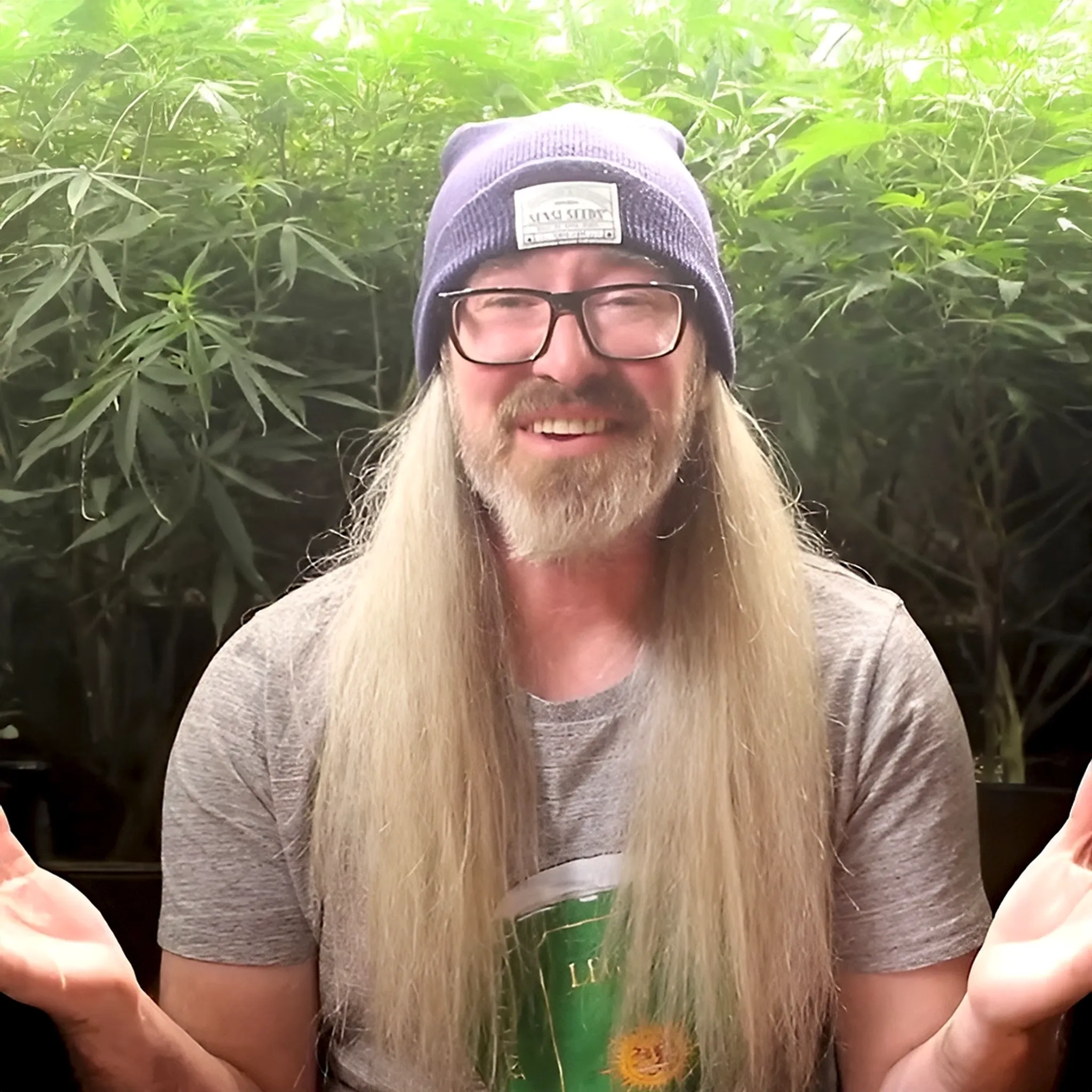
Chad Westport
Chad Westport, a lifelong grower, breeder & cannabis educator, specializes in controlled environment ag with a degree in sustainability.
Continue Reading
You might also find these interesting.


